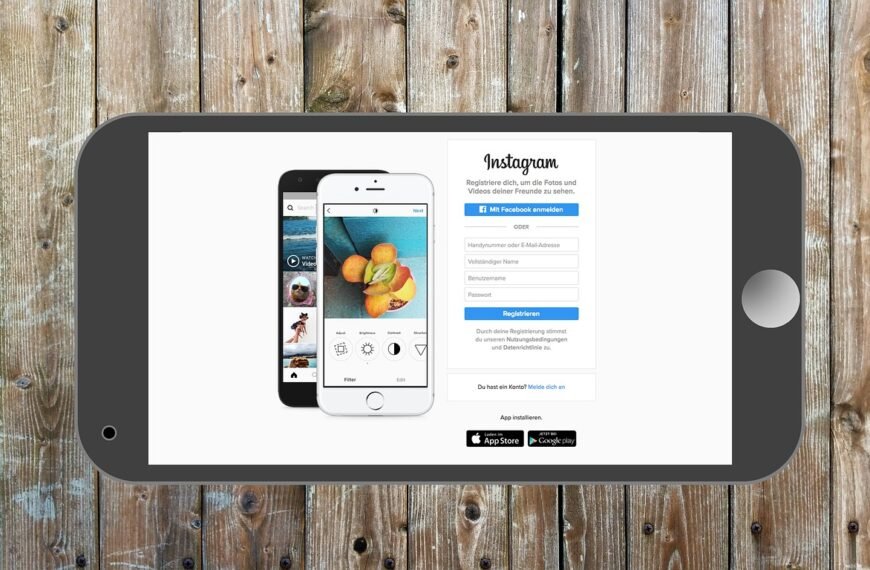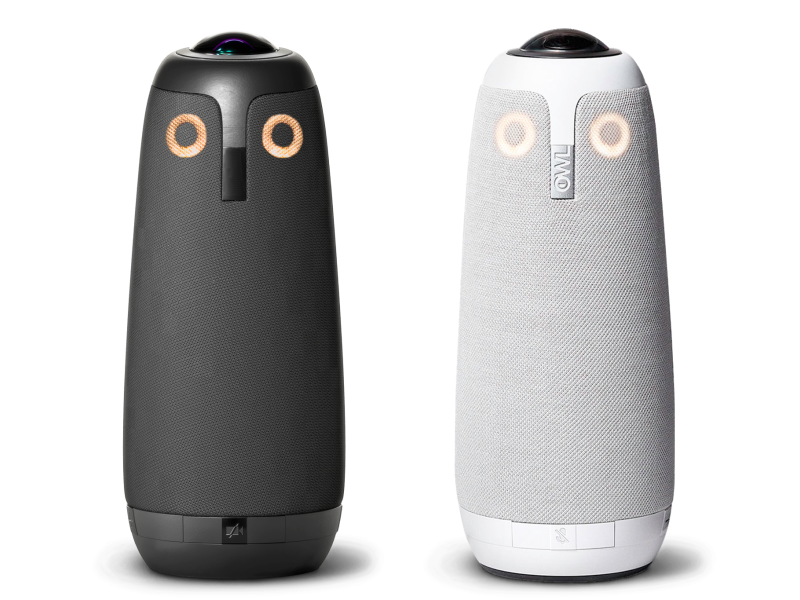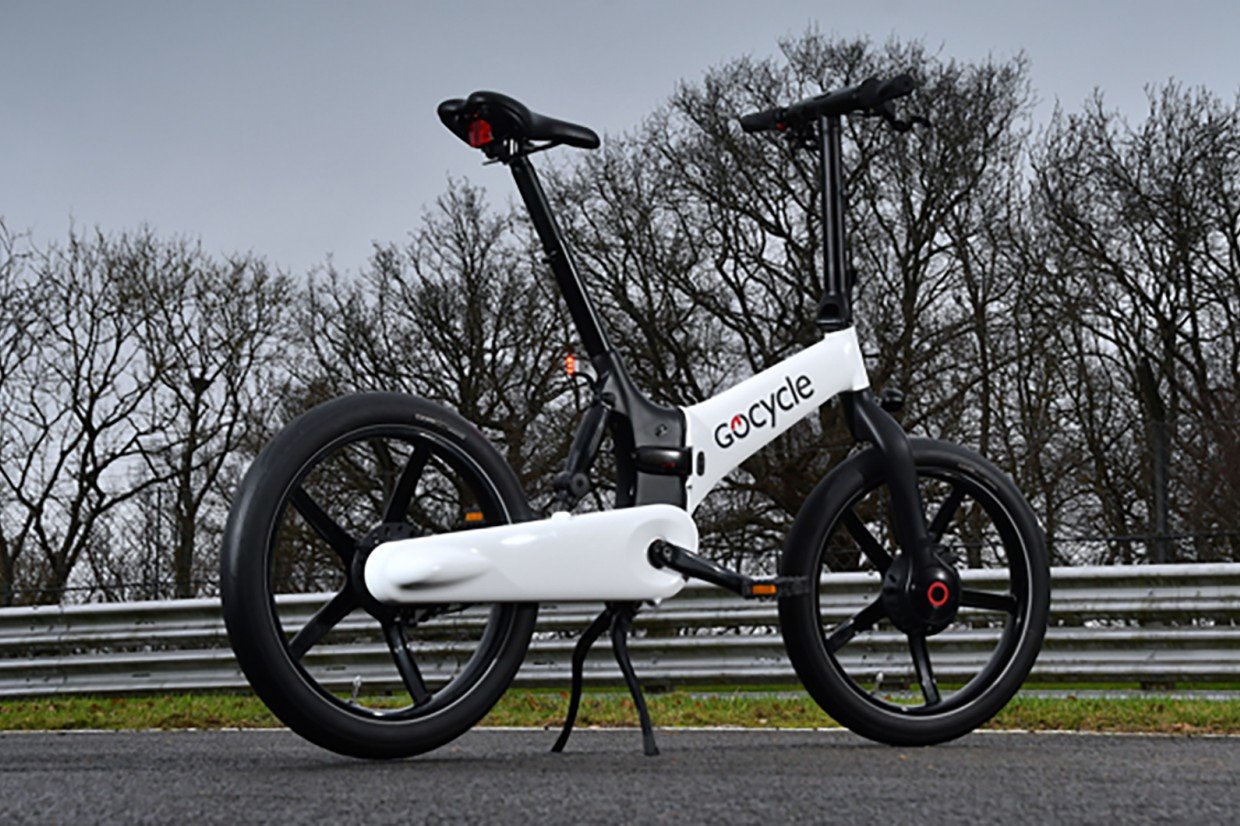Imagine if you could get a forecast your health, just like you check the weather. Scientists have now developed an artificial intelligence (AI) model that can do exactly that. This groundbreaking technology can predict a person’s risk of developing over 1,000 different diseases more than a decade into the future.
This isn’t about naming a specific date for an illness. Instead, it works like a weather report, calculating probabilities. You might get a result that says you have a “70% chance of rain” – or in this case, a certain percentage risk of a specific health condition.
How Does This Health Forecast Work?
The AI, named Delphi – 2M, uses technology similar to popular AI chatbots. But instead of learning language patterns to predict the next word in a sentence, it was trained on anonymous medical records. It learned to spot complex patterns in this data – including hospital visits, doctor’s notes, and lifestyle factors – to predict what health issues might come next for a person.
Researchers tested it using data from hundreds of thousands of people in the UK and nearly two million in Denmark. They found its predictions were remarkably accurate. If the model calculated a one-in-ten risk for a disease within a year, that’s precisely what happened in the real world.
What Could This Mean for You and Your Doctor?
While this tool is not yet ready for everyday use in clinics, it paints an exciting picture for the future of preventive medicine. Here’s what it could eventually do:
- Identify High – Risk Patients: Doctors could use it to find people at high risk for conditions like type 2 diabetes, heart disease, or sepsis long before symptoms appear.
- Personalize Prevention: It could lead to highly personalized advice. For example, someone with a high predicted risk for a liver condition could receive targeted guidance on reducing alcohol intake.
- Plan Healthcare Needs: Hospitals and health systems could use it to understand the future demand for services in their area, helping them plan resources and staff effectively years in advance.
The Road Ahead
The researchers are clear that this is still a research project. The model needs more testing and must be adapted to represent entire populations, not just certain age groups. The next steps include upgrading it to use even more data, like genetic information and medical scans.
As one expert noted, this work is a “significant step towards a scalable and ethically responsible form of predictive modelling in medicine”. It marks the beginning of a powerful new way to understand human health, moving from treating sickness to actively predicting and preventing it.





















